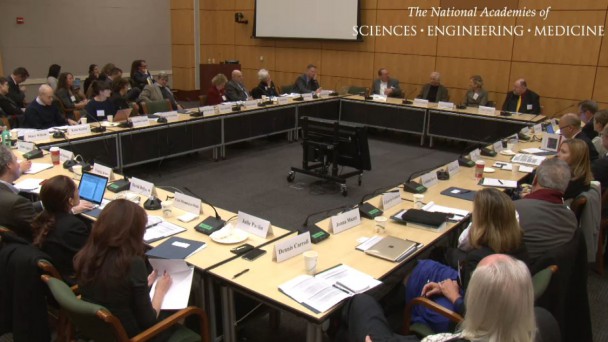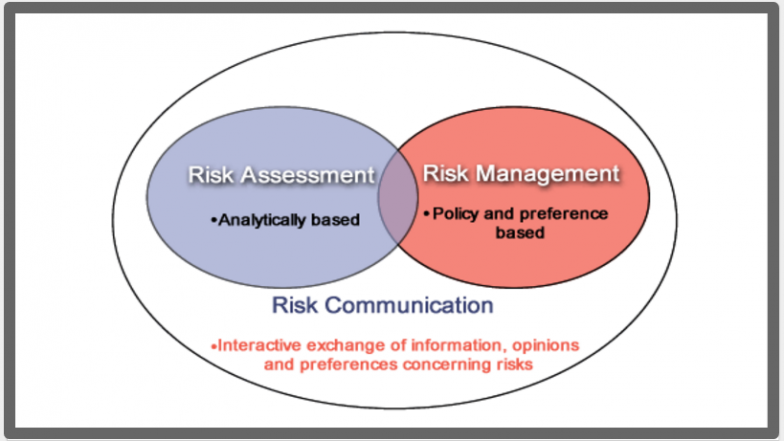Summary
Virtually every day, crisis and emergency risk communication is needed somewhere in public health. Whenever a crisis occurs, communicators must to be ready to provide information to help people make the best possible decisions for their health and well-being.
This must be done in rapid timeframes and without knowing everything about the crisis. Yet often the types of disasters that public health must address can be anticipated. CDC has developed a process for planning and conducting crisis and emergency risk communication
OnAir Post: Health Risk Communication Overview
CDC Overview
From Center for Disease Control and Prevention website
- Emergency Preparedness and Response – CDC Emergency Preparedness and Response Homepage.
- Communicating in the First Hours – Messages and other resources for federal, state, local, and tribal public health officials to use during a response to an emergency.
- Primer on Health Risk Communication (focusing on The Agency for Toxic Substances and Disease Registry – ATSDR)– Information for Health Communicators providing a framework of principles and approaches for the communications of health risk information to diverse audience.
- Risk Communicator Issue 1 – Information and resource for emergency risk communicators.
- Risk Communicator Issue 2 – Risk Communicator Newsletter providing information and resources for emergency risk communicators.
- Risk Communicator Issue 3 – Information and resource to help emergency risk communicators prepare and effectively respond in the event of a crisis.
- Crisis and Emergency Risk Communication (CERC) – Crisis and Emergency Risk Communication (CERC) homepage providing information and resources for training in crisis an emergency risk communication.
- CDCynergy Emergency Risk Edition
Crisis & Emergency Risk Communication (CERC)
Crisis and Emergency Risk Communication is the application of evidence-based principles to effectively communicate during emergencies. These principles are used by public health professionals and public information officers to provide information that helps individuals, stakeholders, and entire communities make the best possible decisions for themselves and their loved ones. CERC recognizes that during emergencies, we work under impossible time constraints and must accept the imperfect nature of our choices. CERC draws from lessons learned during public health emergencies and research in the fields of public health and emergency risk communication.
Other Resources
A Primer on Health Risk Communication
Gateway to Health Communication & Social Marketing Practice (CDC)




